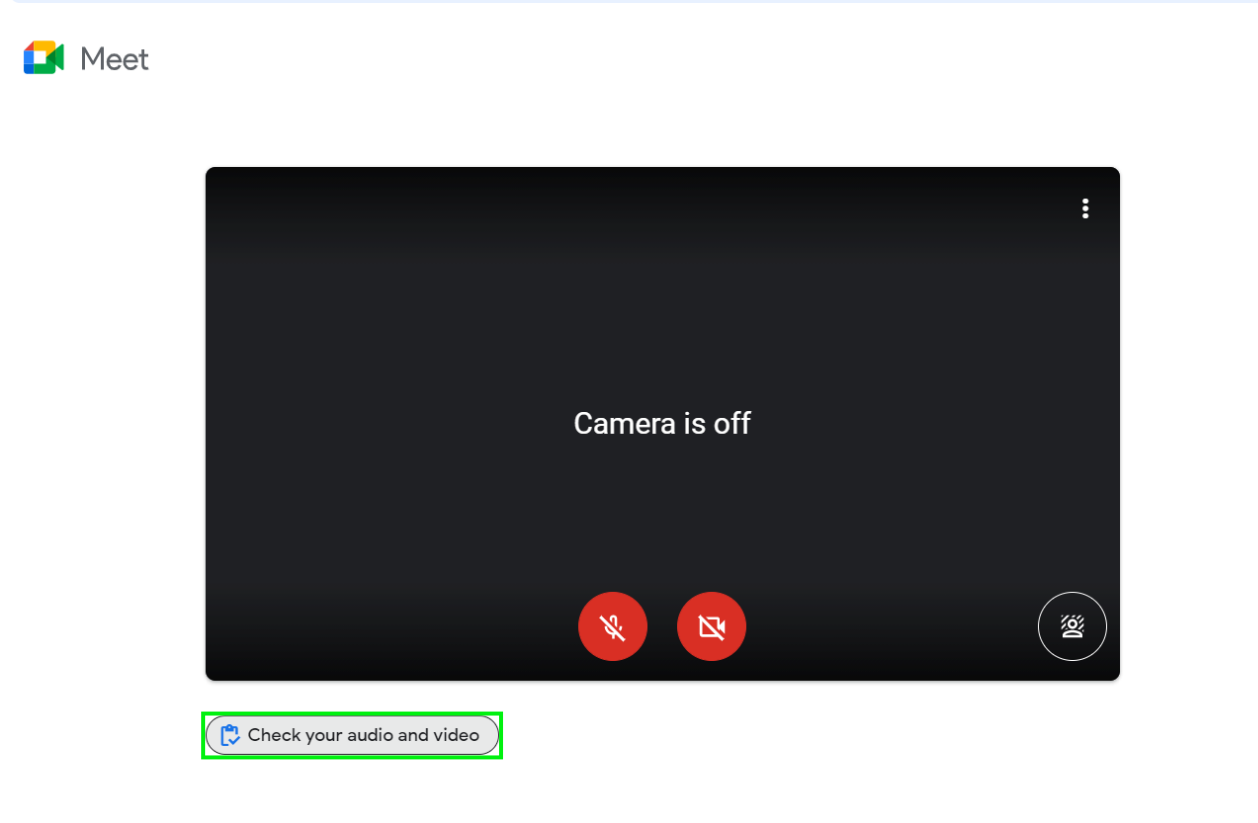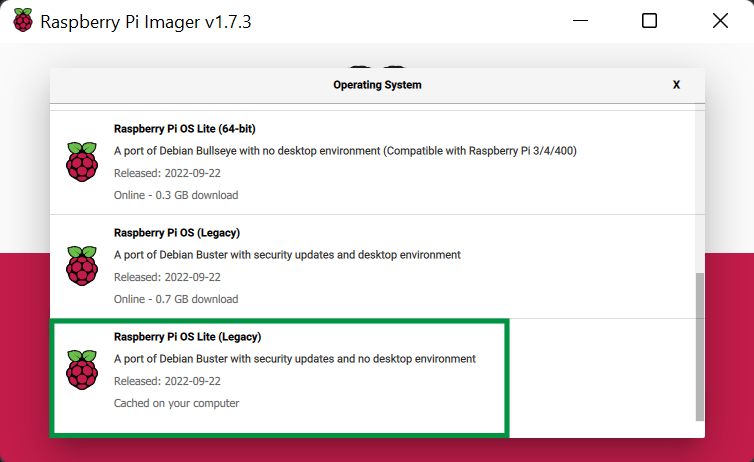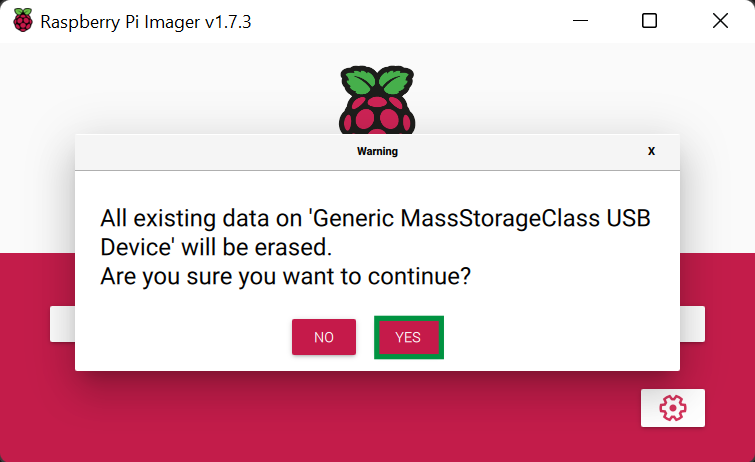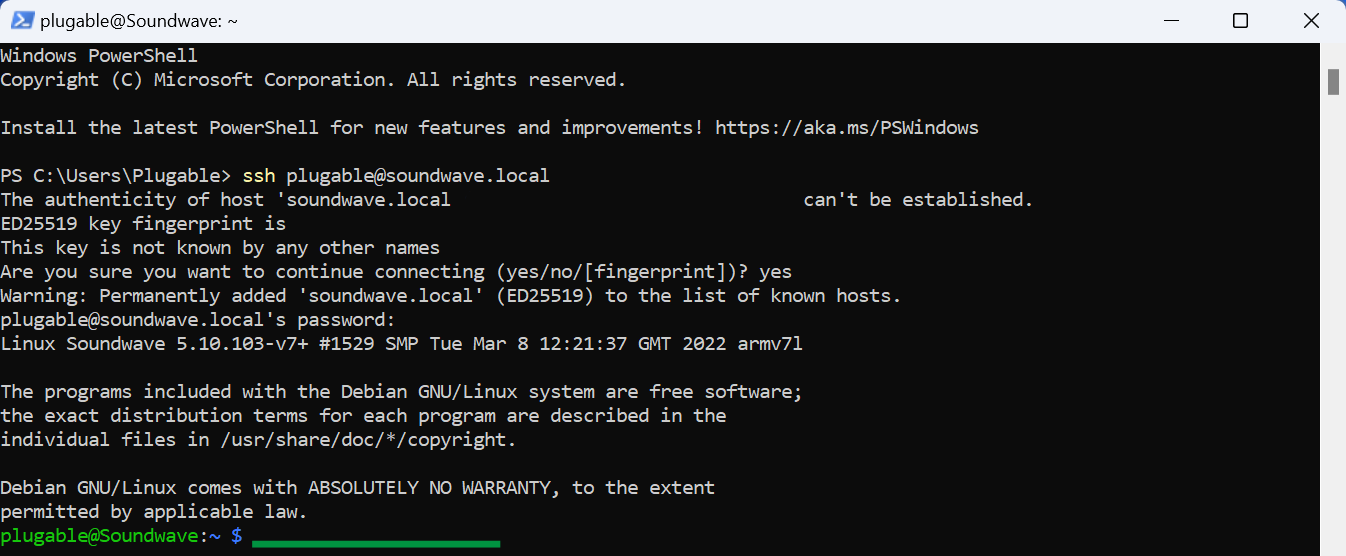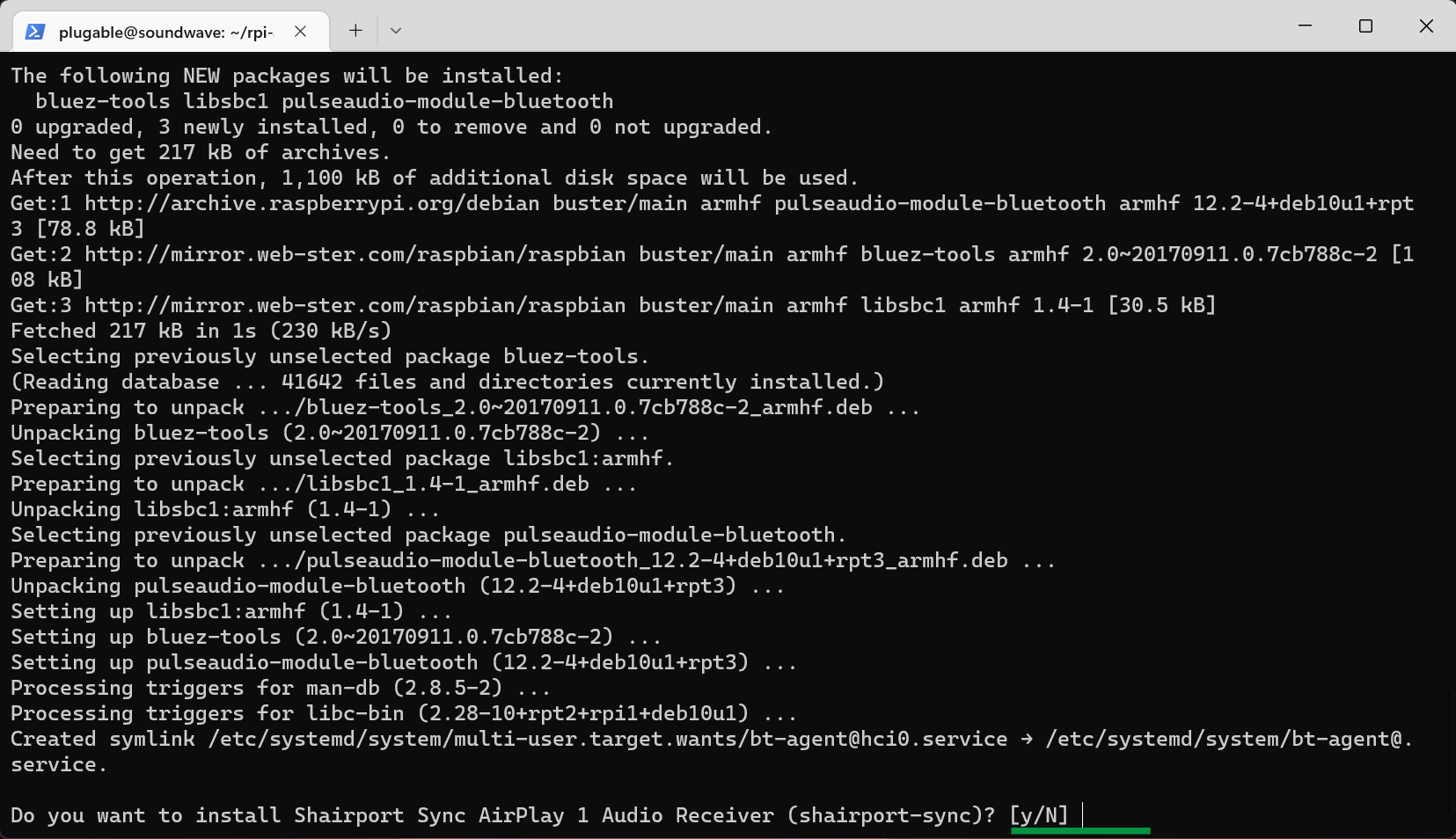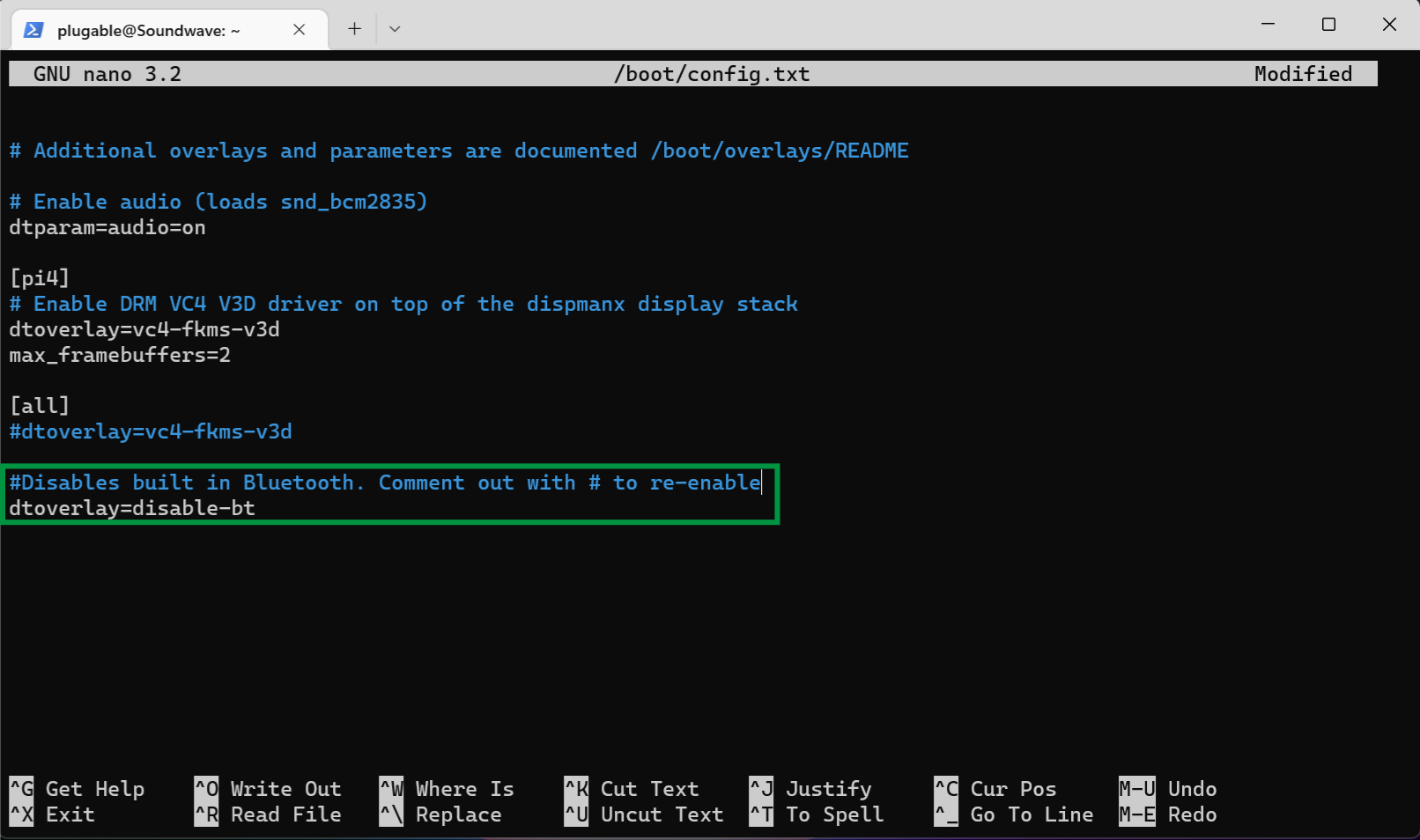
















Hassle free, 2-Year Warranty
Fast, Free Shipping on Orders $35+
Lifetime Technical Support
30-Day Money Back Guarantee
Plugable USB Audio Adapter
$12.95 USD
SKU: USB-AUDIOAmazon Rating : (5255 Reviews)
Features
- Convenient Audio— Enable USB connectivity with your existing 3.5mm (TRS) audio headphones, headset, speakers, or microphone with this USB to Audio Jack Adapter
- Great Replacement— Perfect for bypassing a faulty usb sound card, audio port, or as a replacement for a broken USB audio adapter
- Always Ready— Leave connected to a USB hub or dock to avoid unplugging. USB Sound Adapter is lightweight, compact, and constructed of durable aluminum in a black finish
- Easy Install— No additional drivers necessary, plug-and-play on many devices. Compatible with Windows, macOS, Chrome OS, Linux, Raspberry Pi OS. A great fit for Raspberry Pi 5 setups, and other systems without 3.5mm audio jacks
- 2-Year Coverage, Lifetime Support— Every Plugable product, including this USB audio adapter, is covered against defects for 2 years and comes with lifetime support. If you ever have questions, contact our North American-based team - even before purchase
Free 3-Day Continental U.S. Shipping on Orders Over $35!











